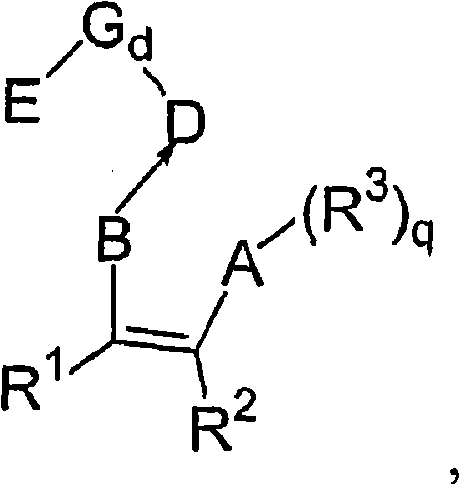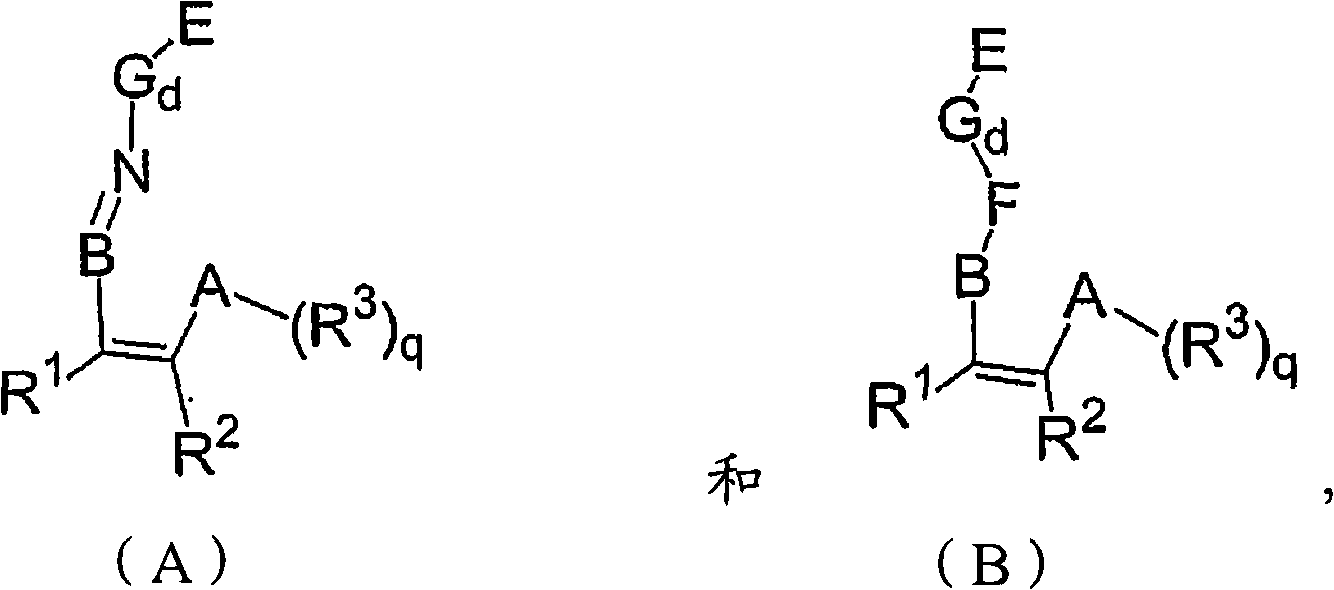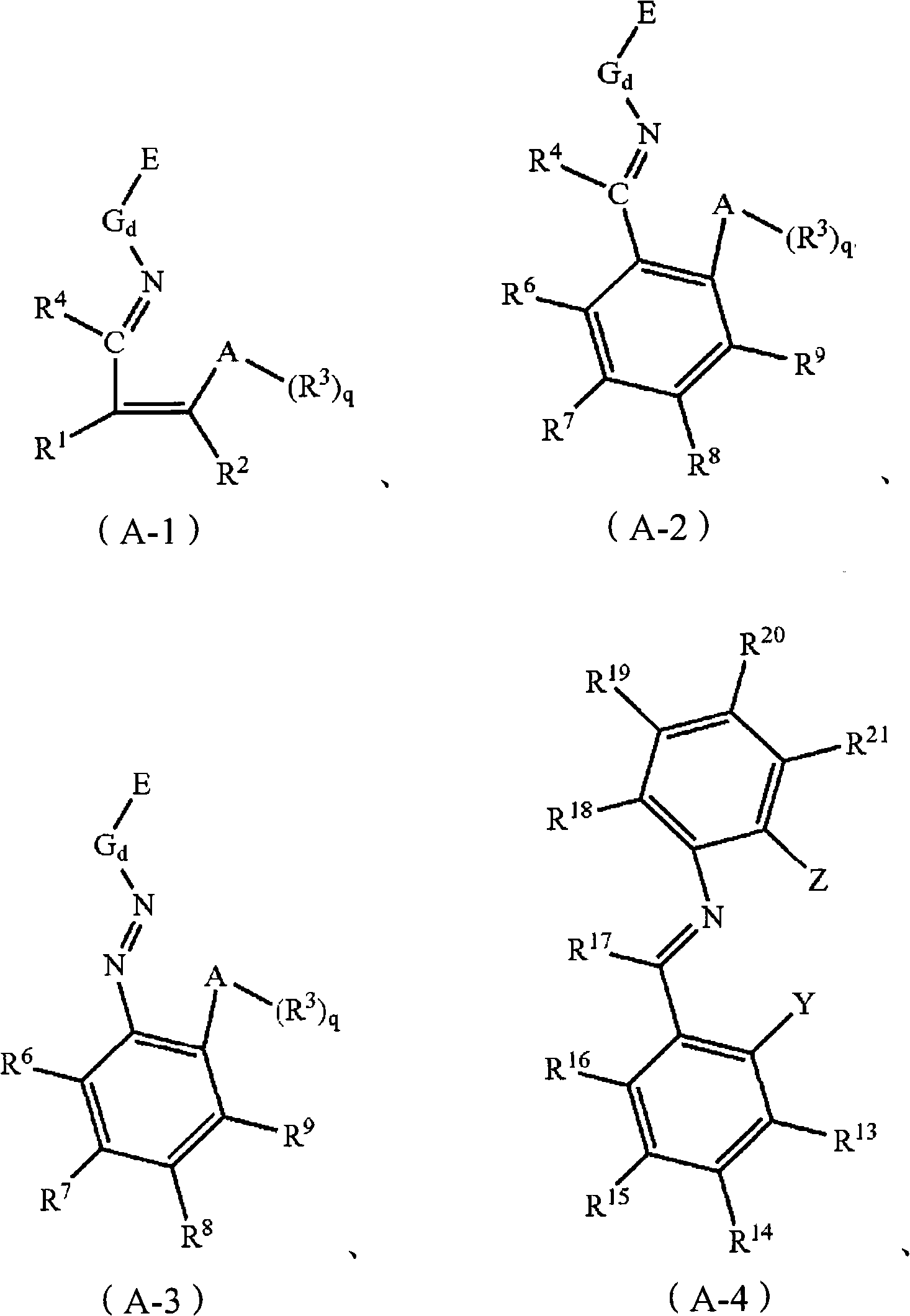Load-type non-metallocene catalyst, preparation method thereof, and application thereof
A non-metallocene, supported technology, applied in the field of non-metallocene catalysts, can solve the problems of low olefin polymerization activity, difficult polymerization temperature control, high activity in the initial stage of polymerization, etc.
- Summary
- Abstract
- Description
- Claims
- Application Information
AI Technical Summary
Problems solved by technology
Method used
Image
Examples
preparation example Construction
[0084] The invention relates to a preparation method of a supported non-metallocene catalyst, comprising the following steps: reacting a chemical treatment agent selected from group IVB metal compounds with a porous carrier optionally subjected to thermal activation treatment to obtain a modified carrier; making magnesium Dissolving the compound in the first solvent in the presence of alcohol to obtain a magnesium compound solution; mixing the modified carrier with the magnesium compound solution to obtain a first mixed slurry; adding to the first mixed slurry Precipitating agent, the step of obtaining a composite carrier; reacting a chemical treatment agent selected from the group IVB metal compound with the composite carrier to obtain a modified composite carrier; making the non-metallocene ligand and the modified composite carrier in the second step contacting in the presence of two solvents to obtain a second mixed slurry; and directly drying the second mixed slurry to obta...
Embodiment 1
[0298] The porous carrier is silicon dioxide, that is, silica gel, model ES757 of Ineos Company. First, the silica gel is thermally activated by continuously calcining at 600° C. for 4 hours under a nitrogen atmosphere.
[0299] The chemical treatment agent is titanium tetrachloride (TiCl 4 ). Weigh 5g of thermally activated silica gel, add 60ml of hexane, add titanium tetrachloride under normal temperature stirring conditions, react at 60°C for 2h, filter, wash with hexane 3 times, 60ml each time, and finally vacuum dry to obtain modified carrier.
[0300] The magnesium compound is anhydrous magnesium chloride, the alcohol is ethanol, the solvent (first solvent) for dissolving the magnesium compound is tetrahydrofuran, and the chemical treatment agent is titanium tetrachloride. The non-metallocene ligand adopts the structure compound of.
[0301] Weigh anhydrous magnesium chloride, add the first solvent tetrahydrofuran solvent and ethanol, heat to 60°C to dissolve comple...
Embodiment 2
[0307] Basically the same as Example 1, but with the following changes:
[0308] The porous carrier was changed to Grace's 955, and it was continuously calcined at 400° C. for 8 hours under a nitrogen atmosphere to be thermally activated.
[0309] Non-metallocene ligands use The first and second solvents were changed to toluene, the alcohol was changed to n-butanol, the precipitation agent was changed to cyclohexane, and the chemical treatment agent was changed to zirconium tetrachloride (ZrCl 4 ).
[0310] Wherein the proportioning is that the molar ratio of the magnesium compound in terms of Mg element to the non-metallocene ligand is 1:0.15, the molar ratio to the chemical treatment agent is 1:0.30 twice, and the ratio to the first solvent is 1mol: 150ml, the molar ratio to alcohol is 1: 4, the mass ratio of the magnesium compound to the porous carrier in terms of magnesium compound solids is 1: 1, and the volume ratio of the precipitating agent to the first solvent is 1...
PUM
 Login to View More
Login to View More Abstract
Description
Claims
Application Information
 Login to View More
Login to View More - R&D
- Intellectual Property
- Life Sciences
- Materials
- Tech Scout
- Unparalleled Data Quality
- Higher Quality Content
- 60% Fewer Hallucinations
Browse by: Latest US Patents, China's latest patents, Technical Efficacy Thesaurus, Application Domain, Technology Topic, Popular Technical Reports.
© 2025 PatSnap. All rights reserved.Legal|Privacy policy|Modern Slavery Act Transparency Statement|Sitemap|About US| Contact US: help@patsnap.com



